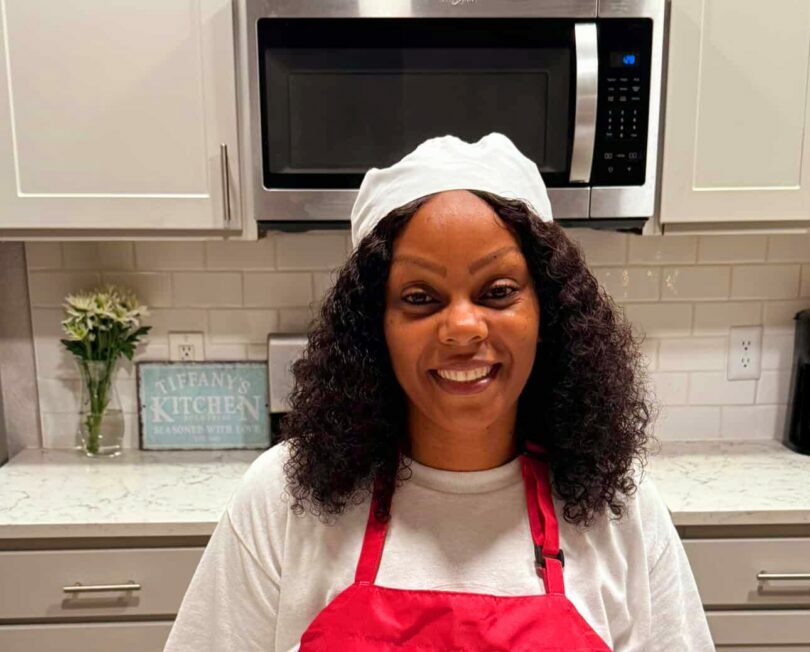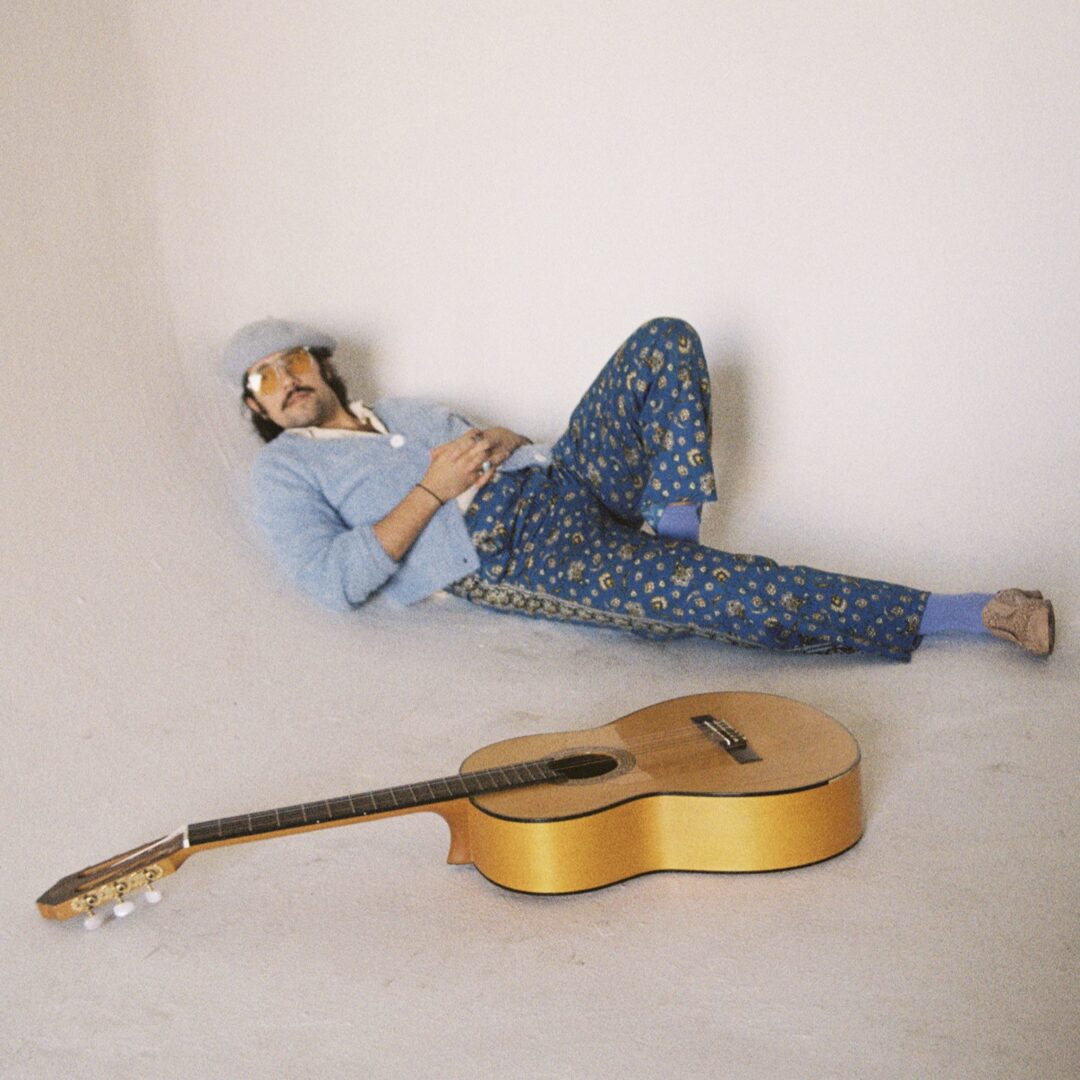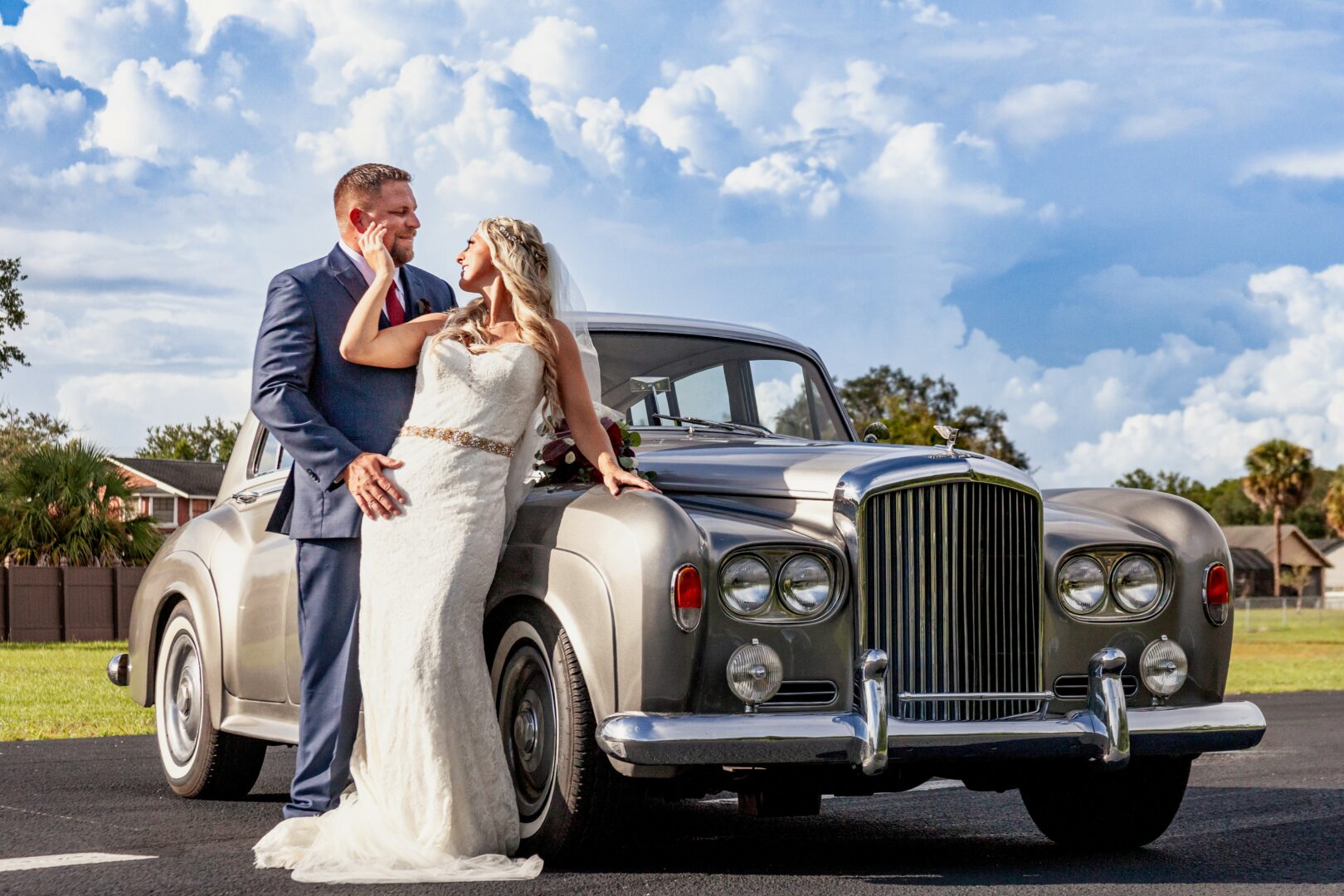We caught up with the brilliant and insightful Steven Fischer a few weeks ago and have shared our conversation below.
Steven, thank you so much for taking the time to share your lessons learned with us and we’re sure your wisdom will help many. So, one question that comes up often and that we’re hoping you can shed some light on is keeping creativity alive over long stretches – how do you keep your creativity alive?
If I can keep the child in me alive, I’ll keep my creativity alive.
Actually, I do exercise my creativity. I guess that keeps it alive. One exercise is to use an observation as a prompt for a new story.
For instance, one time I was walking along a street in a town new to me and I began noticing that the trees were covered with small knots. The knots were almond shaped and centered with circular marks. To me it looked like the trees were covered with eyes. So I had fun with it. I started to imagine what it would be like if someone were wondering through an enchanted forest and suddenly the trees came to life and began watched the person. In my imagination, I followed the person. I realized it was a child. The child wandered through the wood along a path. The canopy of trees was so thick, diffusing and softening the light. We turned and came upon a clearing, and in the clearing was a stone cottage, smoke wafting from the chimney. I was timid about being there. Something felt unsafe. We turned to go back into the trees and onto the path, but then a strange howl echoed and stopped us. I decided to take my chances with the cottage…
And on and on the story could go from there if I explored it, developed it a bit.
An exercise like this is a good way to condition yourself to focus, work spontaneously, and have fun… keep the kid inside alive.
There are many ways to keep our creativity alive. There’s no trick to it, unless we get in our own way. That happens to way too many of us. Some people have convinced themselves they are not creative. This is sad, because we’re all creative. If you’re a human being, you’re creative. Creativity is innate.
We need to recognize that it is a process, not ability. (I think the educator Sir Ken Robinson said that once in a talk about creativity.) Anyway, I agree. And our creativity needs to be exercised in order to be nurtured, strengthened. You go to the gym and lift weights to exercise and tone muscle. That observation game I mentioned is a way of exercising, toning and strengthening creativity.
The best, most basic definition of creativity I’ve heard — and this might also be coming from Sir Ken, or John Cleese, or somebody — is that creativity is the act of deliberating combing separate ideas to form something new. And combining two ideas is an exercise right there.
Combine a pen and a computer. What does your imagination suggest?
Combine a tree and a ghost. What does your imagination suggest?
There are many ways we can keep our creativity alive. These are just a few that I do and that seem to help.

Let’s take a small detour – maybe you can share a bit about yourself before we dive back into some of the other questions we had for you?
I am a writer, producer, and director. I make live action and animated movies for cinema, television, and for private patrons.
What’s most exciting about this work is that I’m constantly learning! First of all, no matter how many productions anyone participates in, there is an element of newness and discovery with each project. I’m always learning how to make a movie or a cartoon book. The stories, also, are interesting because I’m always learning from them. If I am making a work of non-fiction, a documentary for example, I’m learning about whatever the subject is. If it’s a work of fiction, I’m still learning: about how to tell a compelling narrative, about human nature, about relationships, in addition to learning about whatever the subject of the story is.
Currently, we are in post-production on an experimental documentary about a rock band called The Goods. They are based in Miami and were active from 1989 to 1999. The movie is intended to be a featured extra on an anthology that’s being published collecting the five albums the band produced. It’s an interesting story because it starts with a climax; there’s an immediate high followed by an immediate low. Then they re-built themselves and were eventually produced by the legendary Tom Dowd who also produced Eric Clapton, Aretha Franklin, The Allman Brothers among many others. Through their journey we see a very tight, loving brotherhood emerge — to this day that brotherhood connects them.
Last year, “Life and Deaths of Max Linder” was released in Europe. It is a feature film on which I serve as a producer. It was produced in connection with TVP Poland, Canal+ France and CINE+, and has screened throughout Poland, Romania and Italy. It retells in a very artful way the life of Linder who was mentor to Charlie Chaplin and a definitive figure in early cinema. He lived a life that I describe as a soap opera. Quite extraordinary.
One interesting, on-going project is my cartoon initiative called Cartoon Storytelling. It is part academic and part production. Students of all ages sign up and we learn the art of cartooning, all the formal elements like drawing fundamentals, page layout, character creation, narrative structure, but also it is a production in the sense that the participants deliver a finished comic book-style story that is collected into a comic book-style keepsake book. We’ve presented this throughout North America, Asia, and Europe. And over the years I’ve been awarded two Fulbright grants for it.
Each person works individually. Their stories are prompted by a personal experience, often it is a painful experience. By doing so, the person has a something to write about, but also, by going through the creativity and story exercises, often finds that doors in them open and lead them to clarity and understanding as to what has happened, why it may have happened, and why they feel the way they feel. These discoveries are given to the characters to enhance the story. I’ve been leading this class on and off since 2004. Most recently, it has been hosted by Northwestern University, The University of Tokyo in Japan, and at the University of Debrecen in Hungary.
Looking back, what do you think were the three qualities, skills, or areas of knowledge that were most impactful in your journey? What advice do you have for folks who are early in their journey in terms of how they can best develop or improve on these?
I don’t know if these are qualities, but they’re the first things that come to mind: the best advice I ever received is to not take things personally and to not make assumptions. I have found when I can successfully practice those things, I am less offended by things that happen in life.
The more I learn about creativity, the more I see how beneficial it is (as obvious as this will sound) to maintain the child we once were…. to have that childlike sense of wonder and curiosity and playfulness. The trick is to balance being the child we were with the adult we are.

Before we go, maybe you can tell us a bit about your parents and what you feel was the most impactful thing they did for you?
The best thing my parents did for me was that they cared. They showed interest. They supported me, and my sisters. They instilled a sense of right and wrong. They instilled good manners. They showed by example how to love.
Both my parents were always there for us kids. My sisters and I are extremely fortunate that way. Early on I showed an interest in cartooning, and by age 14 I was showing serious interest. That year my parents bought me a proper drawing board, and it made me feel like I was legit. They enrolled me and my sister into a cartooning class, a class that turned out to be quite significant for me. It was a Saturday class held at the local community college. The teacher taught primary school during the week. I showed him a collection of young reader books I had been writing and drawing for my own amusement — large, colorful pictures, minimal text, bound with construction paper and staples. He recognized something in my work and commissioned me, this 14-year-old kid, to create two books he could read to his first graders. Mr. Bartron was his name. Can you imagine the impact that has on a young person? The confidence it builds. The affirmation. I’ve been working professionally in the arts since I was 18, and there is no doubt in my mind that those two moments at age 14 are pillars at the foundation of that career.
Contact Info:
- Instagram: https://www.instagram.com/stevenfischer1/
- Facebook: https://www.facebook.com/stevenfischer2001/
- Linkedin: https://www.linkedin.com/in/stevenfischer/

Image Credits
Paula Herron
Ren
Jim Mardi
Jim Mardi
so if you or someone you know deserves recognition please let us know here.




